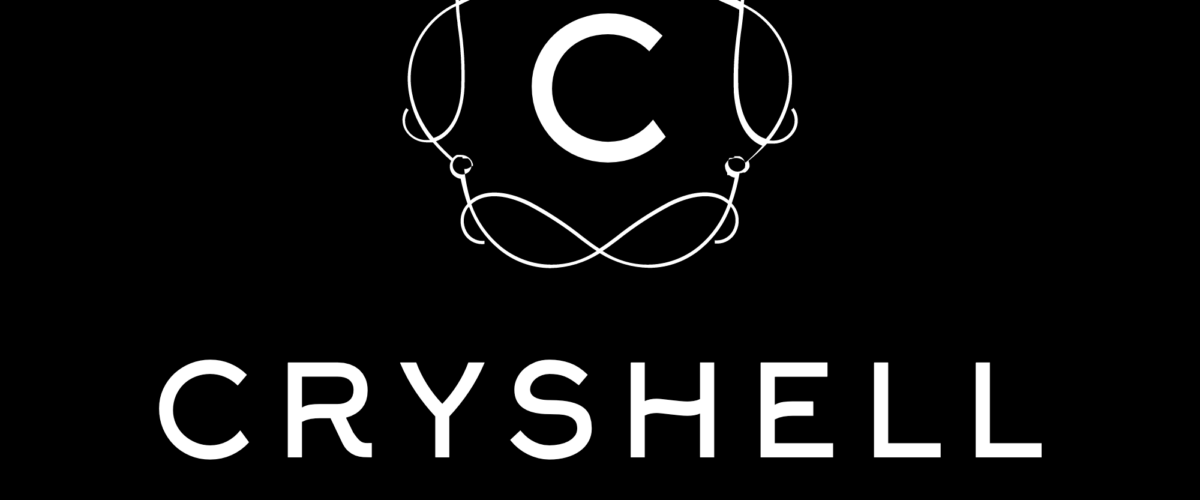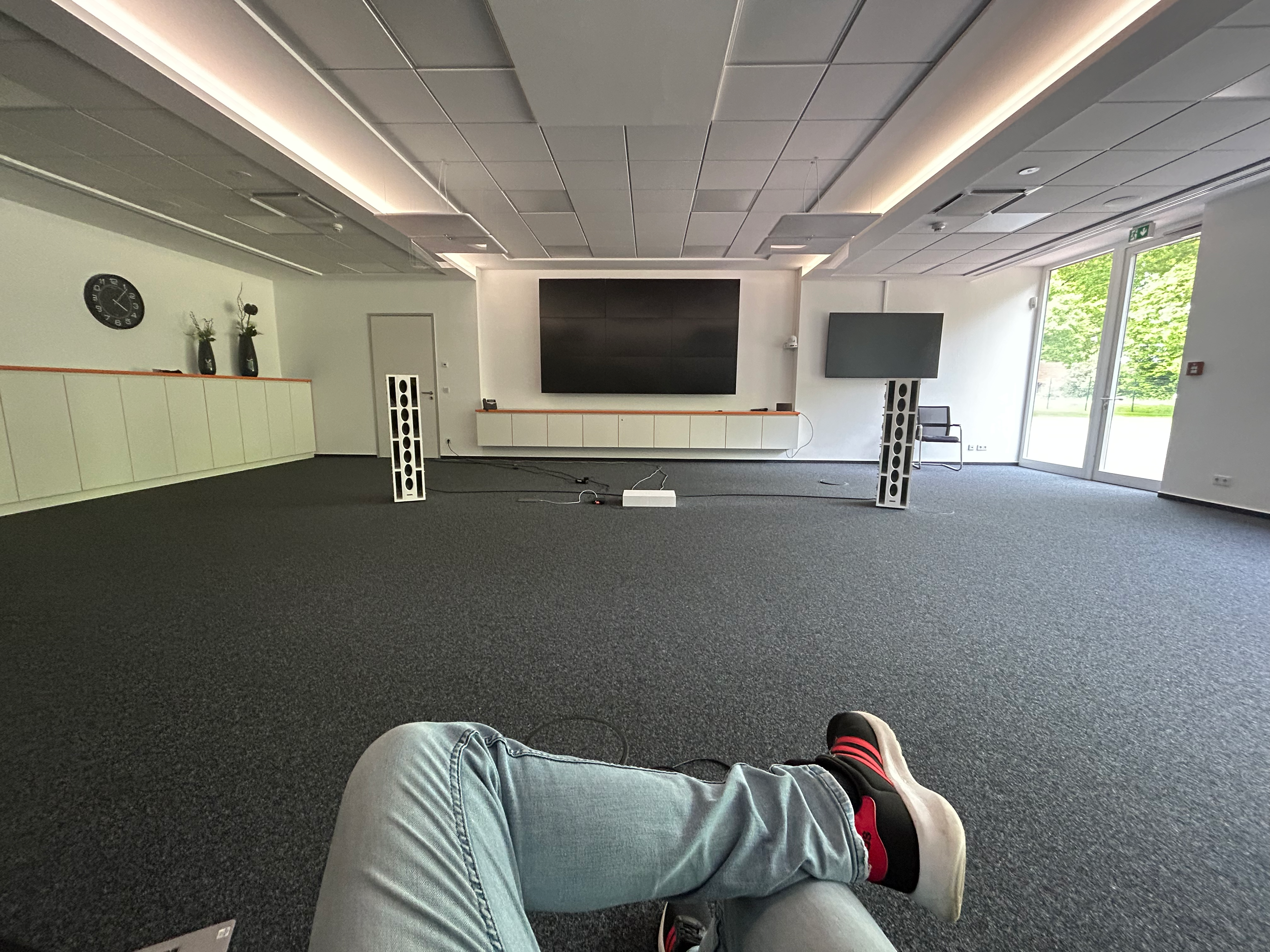How-To: Calculate the threshold values of your limiter
In my last post, I introduced you to the different limiter options you have. Now it’s time to get practical and calculate and set the threshold values for your limiter.
The basis of our calculation is the maximum electrical power that is to be supplied to the loudspeaker. Of course, this depends on the type of limiter you have chosen. With this power and the nominal impedance (see box) of the speaker, we can calculate the maximum voltage that the amplifier is allowed to deliver. The factor that this voltage is associated with is the voltage gain of that very amplifier. If you don’t know what voltage gain is, check out one of my earlier posts here.
For my example calculation I will choose the compromise way and set the threshold values of the limiter to a value between RMS and peak. For the tops I will use 2 times the RMS value (since the peak value is 4 times higher) and for the subwoofers 1.5 times the RMS value (since the peak value is 2 times higher here). However, the calculation path remains the same no matter which type of limiter you choose.
Calculate the threshold
First, calculate the maximum allowed output voltage U of the amplifier for the corresponding speaker based on the power P (RMS, peak or your compromise value) and nominal impedance Z using the formula:
My ElectroVoice ELX 115 for example should not exceed 800W (2 times RMS) and have a nominal impedance of 8 ohms (Ω):
So my speakers should not get more than 80V delivered.
To compare the voltage the speakers can handle with the voltage gain of our amplifier, we need to convert it to dBu using the input sensitivity (usually 0.775V) with the following formula:
📝 Note: Most commercial and professional amplifiers use an input sensitivity of 0.775V (which corresponds to 0dBu). If your amplifier uses a different input sensitivity (e.g. 1.44V), you must adjust the formula.
This results in:
Now it’s time to confront this value with the voltage gain of the amplifier, which in my case is 44dB:
From analog to digital
Controllers are digital devices that do not work with the analog value dBu, but with the digital value dBfs (fs for full scale), where 0 represents the maximum of the scale. So, to determine the final threshold value we want to set in our limiter, we need to convert our value from analog dBu to digital dBfs one last time. If you have an analog limiter, you can skip this step.
For this we require the reference point of the controller. In my case the dbx DriveRack PA2 has a reference point of +20dBu which we have to subtract from our value.
📝 Note: You can find the reference point (sometimes mentioned under maximum output level) in the specification sheet of your controller.
Lets finish our math here:
The value -23.72dBfs is the threshold value I have to set in my controllers limiter.
Conclusion
If you have followed these instructions accordingly, you should have figured out what value you need to set as the threshold in your case. If the formulas are too complicated for you, you can find online tools where you just have to enter your values.
Congratulations! 🎉 The operation of your speakers is now safer for them and should protect them from possible damage.





1 thought on “How-To: Calculate the threshold values of your limiter”